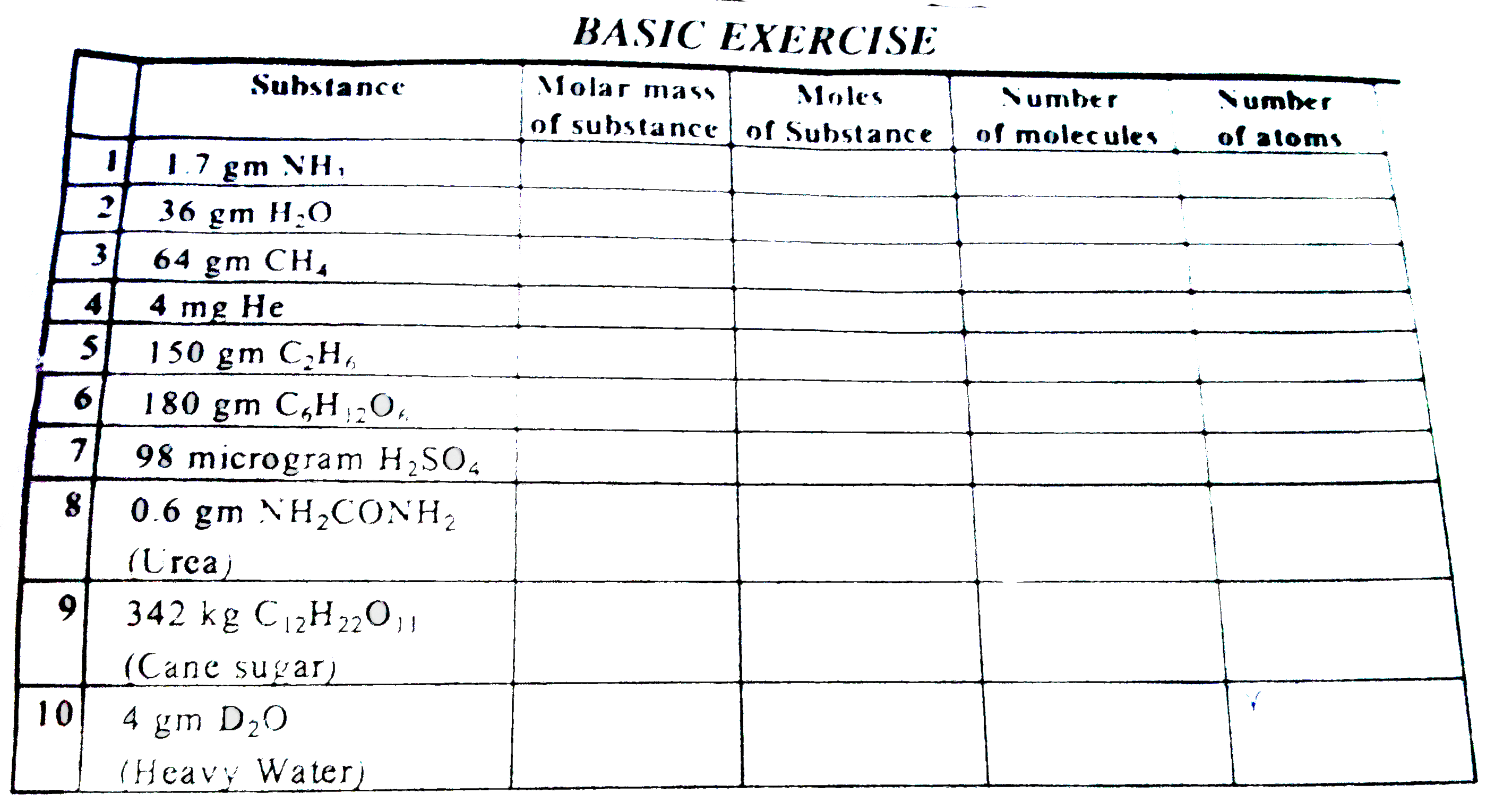Find the limiting reagent and moles of NH3 produced . 
N2 , 1.42
N2, 0.71
H2 , 1.42
H2, 0.71
Step by step video solution for Find the limiting reagent and moles of NH_3 produced . by Chemistry experts to help you in doubts & scoring excellent marks in Class 12 exams.
Updated on:21/07/2023Topper's Solved these Questions
Similar Questions
50.0 kg of N2(g)and10.0kg of H2(g) are mixed to produce NH3(g). Calculate mass of NH3(g) formed. Identify the limiting reagent in the production of NH3 in this situation.
View Solution50.0 kg of N2(g) and 10.0 kg of H2(g) are mixed to produce NH3(g). Calculate the NH3(g) formed. Identify the limiting reagent in the production of NH3 in this situation.
View Solution
Knowledge Check
50.0 kg of N2(g) and 10.0 kg of H2(g) are mixed to produce NH3(g). Identify the limiting reagent in the production of NH3 in this situation.
ANitrogenBHydrogenCCan't be predictedDNone of theseIn the preparation of HNO3, we get NO gas by catalytic oxidation of ammonia . The moles of No produced by the oxidation of two moles of NH3 will be ……… .
A2B3C4D6In the preparation of HNO3, we get NO gas by catalytic oxidation of ammonia. The moles of NO produced by the oxidation of two moles of NH3 will be.
A2B3C4D6
50.0 kg of N2(g) and 10.0 kg of H2(g) are mixed to produce NH3(g). Calculate the NH3(g) formed. Identify the limiting reagent in the production of NH3 in this situation.
View SolutionA mixture of 1.0 mole of Al and 3.0 mole of Cl2 are allowed to react as:
2Al(s)+3Cl2→2AlCl3(S)
(a) Which is limiting reagent?
(b) How many moles of AlCl2are formed?
(c ) Moles of excess reagent left unreacted.
View SolutionStoichiometric, Limiting reagent
View SolutionLimiting reagent||POAC & numericals
View Solution
2NH3→N2+3H2
If at the reaction, 18 mole of H2 is produced then find moles of NH3 initially taken
View Solution
